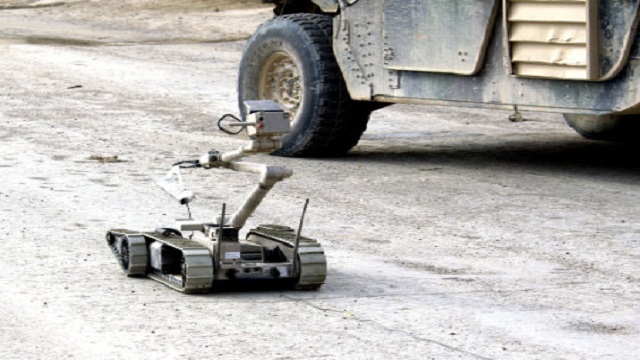Miniaturisation, nanotechnology and micro electromechanical systems (MEMS) are increasingly being adopted in military and aerospace applications. With ‘smaller, lighter and faster’ being the new mantra, companies are driven by the power-to-weight ratio benefit ensured by the new technology.
“The future of MEMS and miniaturisation is particularly exciting, given that it is leading to a major breakthrough in defence applications such as micro mirrors for steering laser beams, micro sensors, satellite communications at speeds in excess of 100 GHz and micro unmanned aerial vehicles,” said an official of the Defence Research Development Organisation (DRDO). The Indian Institute of Science in Bengaluru recently handed over sophisticated MEMS pressure transducers to the DRDO for use in Light Combat Aircraft (LCA).
The official added that many defence, academic and commercial organisations were partnering to bring MEMS and nanotechnology systems ever closer to the battlefield.
“Though small in size, these products are growing in functionality and adoption, given the increasing need for small, light weight and low power solutions,” said the DRDO official, adding that these micro products tend to enhance performance even as they are reduced in size.
Demand rising:
The State-run defence company, Bharat Electronics Limited, is also catering to the upswing in demand. Pointing to the large-scale miniaturisation happening in defence, a BEL official said everything that “needed to be included in a large defence system is now available on a palm top, laptop or a large portable medium. Most of the systems are on a electro magnetic chip. MEMS technology is helping reduce not just the size. The power that is gained in the small items is tremendous”.
Speaking about communication for the integrated defence forces, the official said BEL is using the latest micro technology in its VOIP “to create networks over various modes, be it a tank or vehicle or on ground. The army should be able to speak to the navy and the air force. This communication should be confidential and cohesive, for the forces should be able to talk securely on the same platform”.
STARS-V mark III :
BEL has handed over its digitised radio communication set, STARS-V mark III, to the army for evaluation – it is the first software-defined radio set that can work without a line of sight.
The official added that the company plans to make a new version of the state-of-the-art next generation radio, using micro technology, adaptable for the navy platform. “The SDR can be carried by a soldier in hand, on in a jeep or jonga. It should be possible to fit it in a tank, ship or an aircraft. The only difference in form is the size, for miniaturisation in the design makes it easier to deploy even on attack aircrafts. BEL is working on this in a big way,” the official added.
Noting that focussed attention has been given for the development of MEMS technology modules and products, the official said the company has teamed up with the State enterprise, Bharat Dynamics Limited, to supply micro sensors and command-and-control systems for the Indian Army’s Akash missile programme.
Source: Defence News







